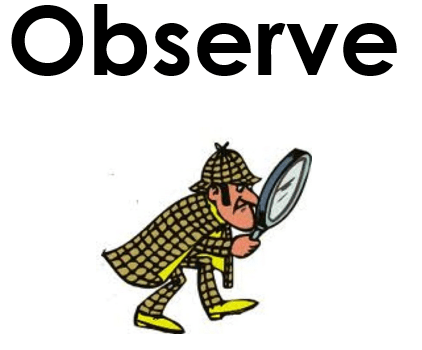This half-term we are EXPLORING as our Big Idea.
Please click here to access our Year 5 Newsletter Autumn 2 ’23 which provides information for Homework days and P.E. Days.
Please also remember that weekly Homework information can be found on our Learning at Home page.
In Science we are exploring Earth and Space as we enquire: ‘Why do we have day, night and different seasons?’ Our Curiosity Corner is becoming jammed with questions we would also like to explore.
Our Science enquiry types have helped us to do this:






Does the Earth hang on nothing? (Lottie) we explored the differences in religious and scientific beliefs on this.
https://www.jw.org/en/library/videos/#en/mediaitems/pub-lffv_31_VIDEO
What is a ‘light year’? (Frankie Wy)
This led to us asking even more questions as we discovered it takes just over 8 minutes for the light from the Sun to reach us here on Earth. Does this mean that when the sun rises or sets this happens at the actual time or did it take place 8 minutes earlier?! A lot of us OBSERVED the sunset on Wednesday and concluded that if we see the sun set at 15:51, then it actually set at 15:43 = 8 minutes earlier.
WHAT DO YOU THINK?
How was the Solar System created? (Harry)
https://www.youtube.com/watch?v=e8txw9-vdeU&t=38s&ab_channel=SlurpyStudiosAnimation
Will the Sun ever die? (Reuben)
We learnt that the sun as a star will be different sizes in its lifetime. This is due to the amount of fuel it has to burn. Stars will never die, rather it will morph into something else. The Sun is approximately 4.5 billion years old and is predicted to remain for another 4.5 billion years.
As it come to the end of its life, the Sun will become the Red Giant as it needs more hydrogen.
In Geography we are exploring North America as we enquire: ‘What are the key features of North America?’
So far we have use our LOCATIONAL KNOWLEDGE to recap our learning linked to the 7 continents, the oceans, the equator, the tropics, the hemispheres and learnt what the Prime Meridian is and why this is important.
We have now begun to explore the HUMAN and PHYSICAL GEOGRAPHY of a region and identified the 23 countries and their capital cities.

